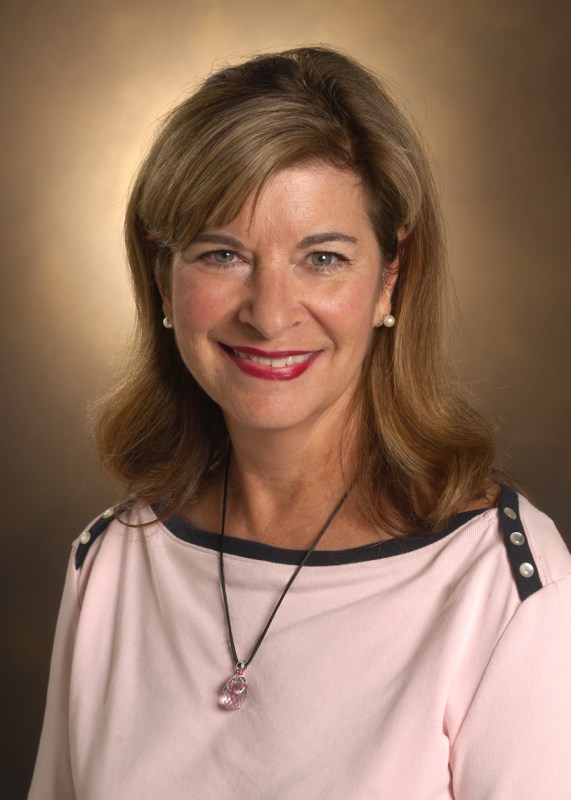Initiative aims to enhance patient communication materials

Terrell Smith, M.S.N., R.N.

The initiative started when Vanderbilt University Hospital signed an agreement with the Skylight Interactive TV system and began to review the patient education videos that were housed on the old system.
“Even though this is also a Joint Commission recommendation, Vanderbilt is doing this for all the right reasons,” said Smith.
A series of brainstorming sessions among point-of-contact nurses as well as managers from pharmacy, nutritional services, outpatient areas, and patients followed, and an institution-wide infrastructure was set up to address health literacy.
With leadership support from Sunil Kripilani, M.D., associate professor for General Internal Medicine and Public Health and associate director for the Program on Effective Health Communication, and involvement from Pam Jones, M.S.N., R.N., chief nursing officer for VUH, the project grew. The first outcome was revising approximately 80 different surgical consent forms to improve readability.
In January, a new Department of Patient Education was officially formed and is directed by Lane Stiles. The new approach for tackling patient education institution-wide also includes an Infrastructure Council that will look at broad issues regarding electronic storage and retrieval of material.
The Eskind Diabetes Center, Vanderbilt-Ingram Cancer Center, Vanderbilt Heart & Vascular Institute, Women's Health and the Monroe Carell Jr. Children's Hospital at Vanderbilt will form their own groups to review and update patient education materials, and there is a new patient education website that provides support and guidelines for those developing new ones (http://www.mc.vanderbilt.edu/root/vumc.php?site=patienteducation&doc=27109).
The current focus is discovering the many places where patient education materials are kept, which can range from specific departmental websites to paper handouts in a trusty clinic or unit drawer. The hope is to ultimately develop an upgraded central patient education database so material can be accessed and updated more easily.
The department will also look at new ways of providing information to better reflect the different learning styles or preferences of patients.
“So for instance, instead of providing a handout of stick diagrams doing exercises to a physical therapy patient, could we take a video of them while they are in an actual session? We could send the patient home with the video so they have a new tool or maybe even put it on the patient portal at MyHealthatVanderbilt,” said Smith.













